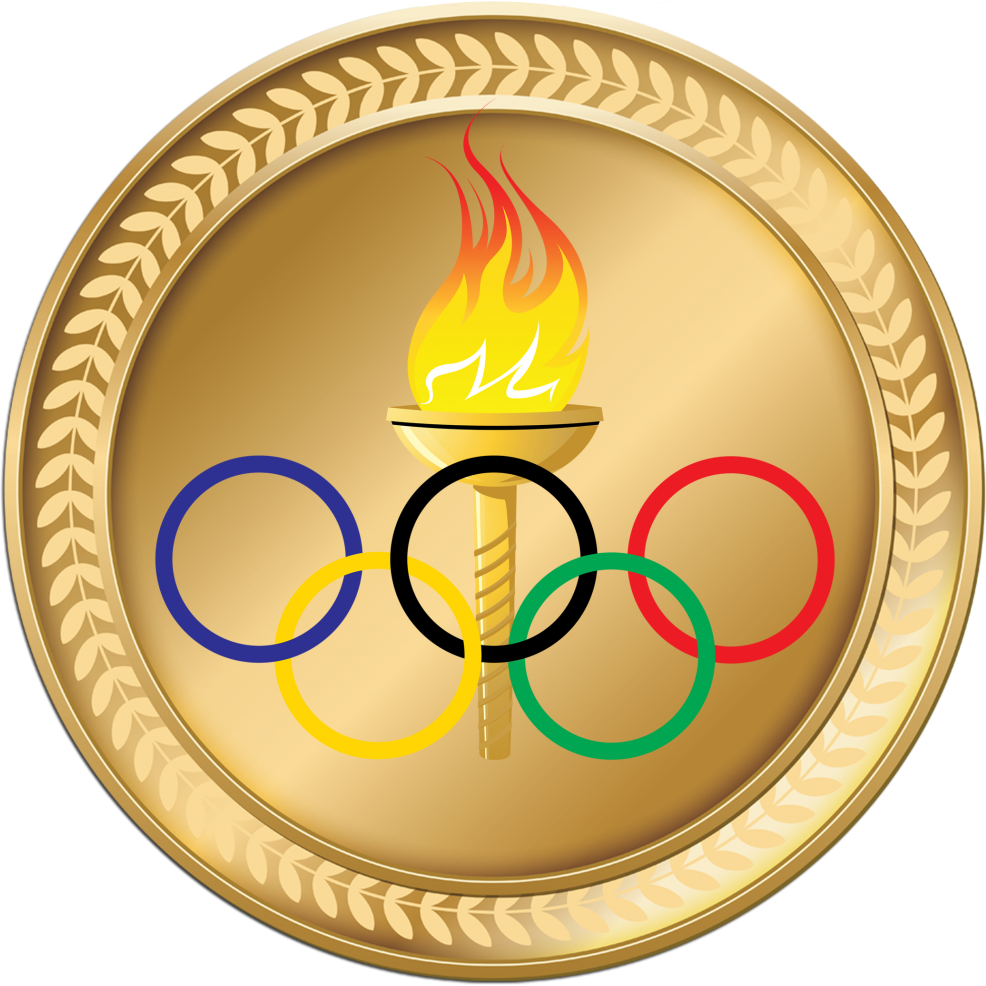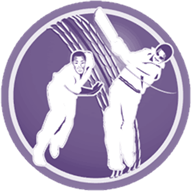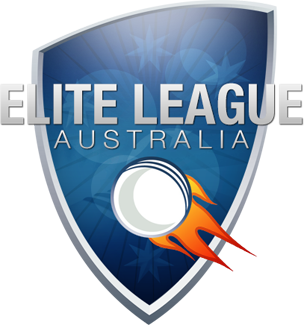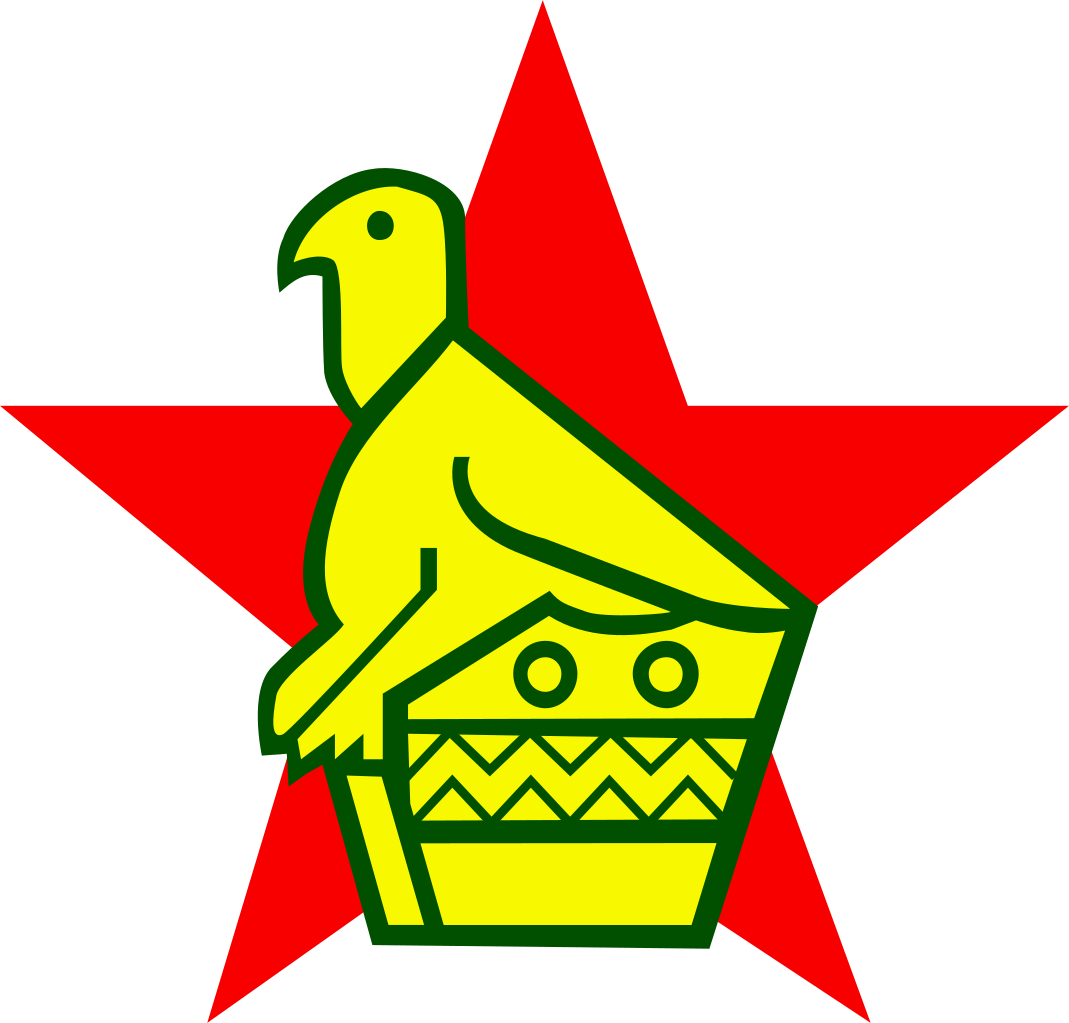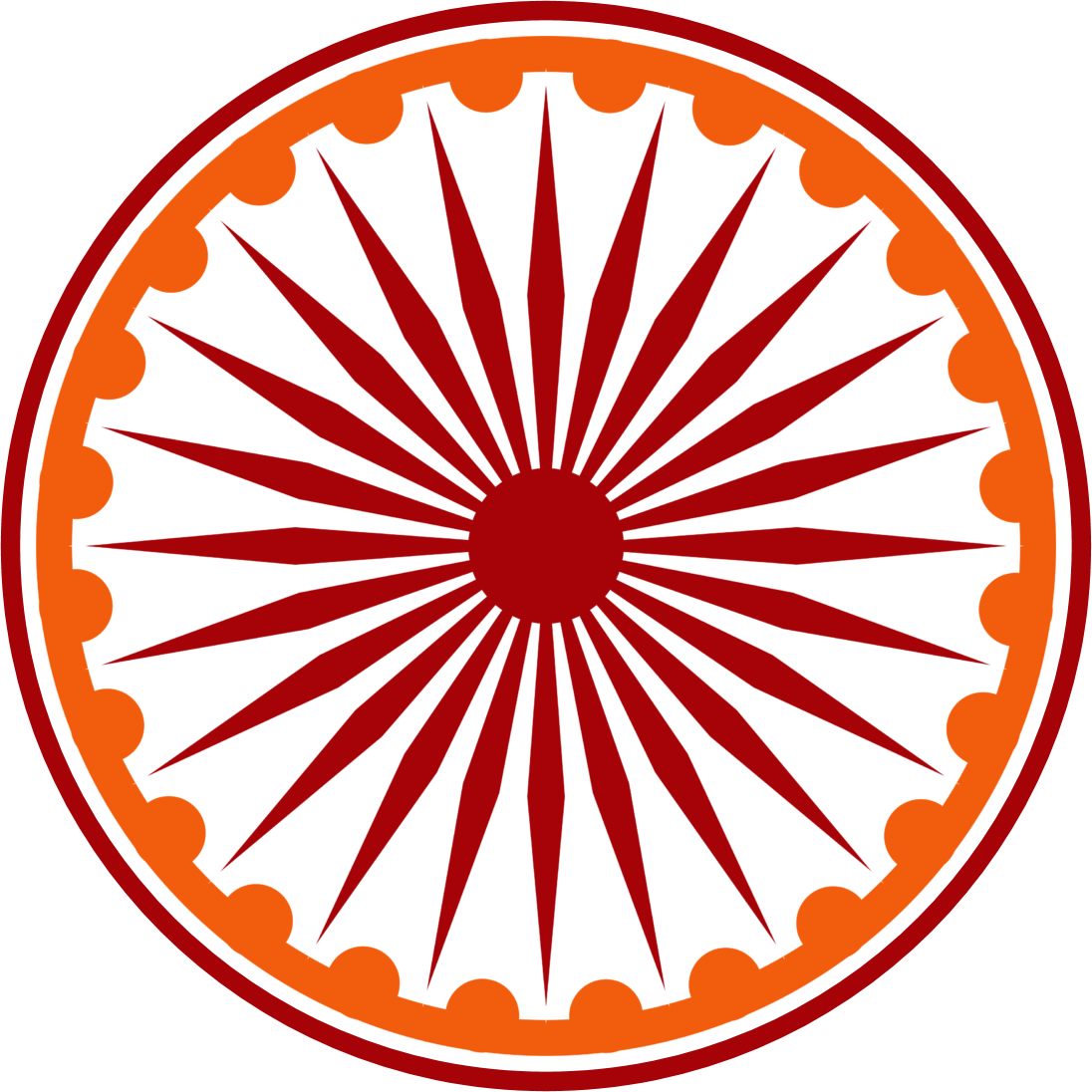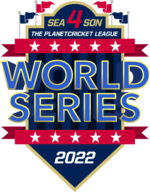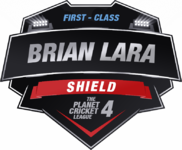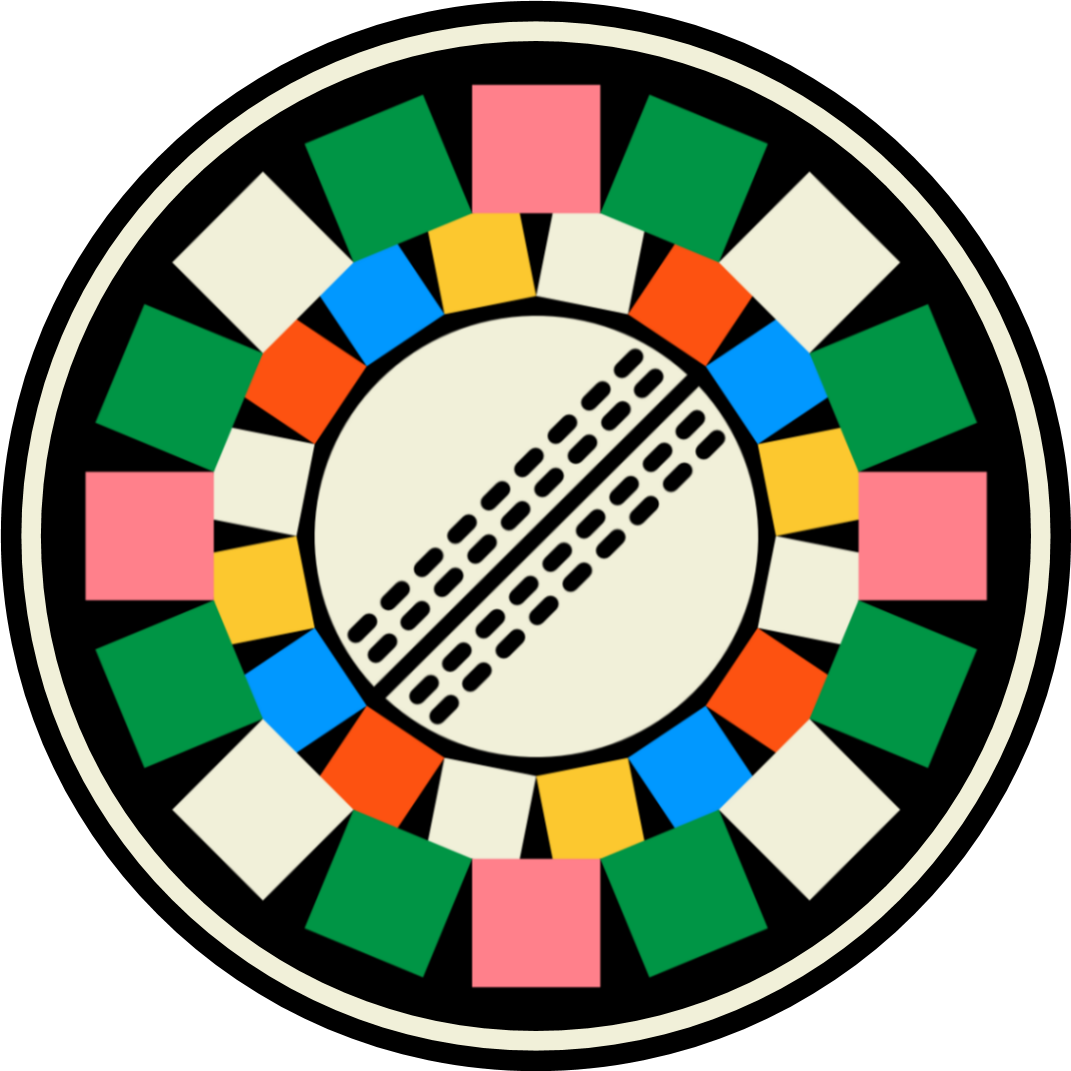Aislabie
Test Cricket is Best Cricket
Moderator
Ireland
PlanetCricket Award Winner
Champions League Winner
Test stats: 1 run @ 0.50 (best 1) and 0 wickets in 1 match
First-class stats: 1,258 runs @ 28.59 (2 centuries, best 104) and 93 wickets @ 19.75 (6 5WI, best 6/28) in 34 matches
There seems oddly little record of Fred le Roux, which is some surprise given that he was an excellent all-rounder and captain for Transvaal in the years both before and after the First World War. National selection for South Africa came a little belatedly, but judging by his first-class record you would have expected him to put the setback behind him and make a decent Test career out of things. His debut came in 1914, and in it he didn't shine - everyone's allowed a bad game of course, but before he could be considered for selection again, the War happened. By the time it was done and Test cricket was back, le Roux was nearly 40 and would not be playing for South Africa again. Will be used as a change seamer and lower-order batsman, although he was good enough to bat at five and open the bowling for South Africa and Transvaal.
1.
2.
3.
4.
5.
6.
7.
8.
9.
10.
11.
12th man -
@Yash.

